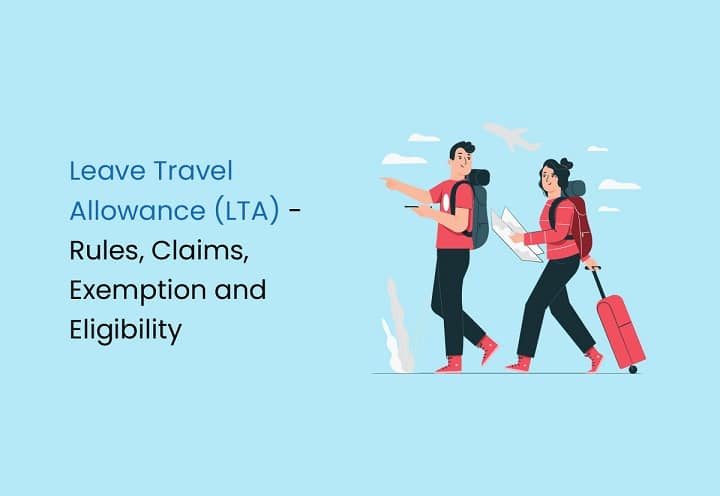
The UK visa system has strict requirements and applying for a UK visa involves several steps. Each step is important for getting your visa approved on time. Failing to follow the right steps, provide proper documents or track your UK visa status can cause delays or rejection.
Each visa type like for tourism, education, work or family reunion has different rules and documents. This guide walks you through all the stages with clear and practical information, using real procedures and timelines from official UK immigration sources.
Stage 1: Check Eligibility and Choose the Right Visa
Do you need a visa to enter the UK?
Not everyone needs a UK visa. EEA, Swiss, and EU nationals can visit the UK without a visa for short-term stays (up to 6 months), but starting in 2024, they must apply for an Electronic Travel Authorization (ETA) before arrival. This applies to tourism and business visits only.However, most non-EEA nationals must apply for a visa, even for short-term visits.
Choose the right visa:
The UK offers several visa categories depending on your reason for travel. Visitor Visas for tourism, business, or short-term medical treatment. Study Visas include Student and Child Student visas for formal education. Work Visas cover Skilled Worker, Health and Care Worker, and other employment routes. Family Visas for joining a spouse, fiancé(e), parent, or child. Settlement Visas for indefinite leave to remain or other long-term settlement paths.
There is also Special visa routes like:
- Ukraine Family Scheme
- UK Ancestry Visa
- Graduate Route Visa for post-study work
Misapplying for the wrong visa type leads to immediate refusal. Carefully match your situation to the correct visa category before proceeding.
Stage 2: Complete the Online Application
Once you confirm your visa type then you begin your application on the UK government website.
Where to apply:
Go to UK Visas and Immigration (UKVI). Choose your visa route and fill all requested information accurately.
What details to enter:
You must enter the following details:
- Personal details (name, address, nationality)
- Purpose of your visit
- Travel history and background
- Financial situation
- Proposed dates of travel
You must have to pay visa fees. Application Fee depends on the visa. For example a Student visa costs £490. Immigration Health Surcharge (IHS) required for stays over six months, generally £776 per year. If you need your visa fast.
Priority service fees vary depending on your location and visa type. Outside the UK, it may cost between £250 to £500 for a fast decision. Always check current pricing on the UKVI website before applying.
Stage 3: Gather All Required Documents
Once your application is submitted, you must upload or submit your supporting documents. These are important for proving your intent, identity and eligibility.
Standard documents include:
- Valid passport or travel document
- Bank statements or financial proof
- Details of accommodation and planned activities
Visa-specific documents may include:
- Students: CAS (Confirmation of Acceptance for Studies) from a licensed sponsor
- Workers: Certificate of sponsorship from your employer
- Family members: Marriage or birth certificates
Avoid these common mistakes like submitting fake or altered documents, mismatched information between your application and documents and missing translations for non-English documents. The UK Home Office checks document authenticity carefully. So, any doubts will lead to your visa being refused.
Stage 4: Book and Attend a Biometrics Appointment
After you upload your documents, you’ll need to provide biometric data unless exempt. If you’re outside the UK then visit a Visa Application Centre (VAC). If you’re inside the UK then go to a UKVCAS service point or an SSC (Service and Support Centre).
What to bring and do:
- Passport and confirmation email
- Provide fingerprints and a digital photo
- Some centers also collect physical copies of documents
Under-18s must attend with an adult, even infants. Ineligible applicants who skip biometrics will not receive a visa.
ID Check App Option:
The UK Immigration ID Check app can be used by eligible EU nationals applying under specific visa routes, such as the EU Settlement Scheme. It is not available for all visa categories.
Stage 5: Wait for a Decision on Your Visa
The standard processing times (after biometrics) varies like Visitor and Work Visas in 3 weeks (outside UK), 8 weeks (inside UK), Family Visas take up to 12 weeks (outside UK). Applications may take longer if:
- Documents require extra checks
- You’re invited to an interview
- There is high seasonal demand
- Information is missing or unclear
How to track your application:
- Receive updates by email or SMS
- Check status online (if using the ID Check app)
- If delays exceed stated times, you can contact UKVI directly
Keeping track of your application ensures you remain informed about your UK visa status and take quick action if needed.
Stage 6: Get Your Decision and Prepare for the UK
You’ll receive a decision letter by email or post. It will state whether your visa is approved or refused and what steps to follow next. If you have a visa over 6 months then you must collect your Biometric Residence Permit (BRP) within 10 days of arriving in the UK. Collection points are mostly Post Offices or designated centers.
From January 2025, BRPs will be fully replaced by eVisas. Applicants must create a UKVI account to view and manage their immigration status online.
Must follow all visa conditions:
- Respect work limits (e.g., no work on a tourist visa)
- Register with the police (if required)
- Report address changes or major updates to UKVI
If you fail to comply could affect future visa applications or lead to removal from the UK.
Stage 7: What to Do if You’re Refused or Want to Extend
Check your refusal letter. It will state either you can appeal, ask for an administrative review or need to reapply. If your are appealing a decision:
- Use Form IAFT-2 if you have the right of appeal
- Provide clear evidence correcting the reason for refusal
If you want to extend or switch visas, then do it before your current visa expires. Switch only if you are allowed under UK visa rules (not all visas can be switched). Processing time varies based on visa type (usually up to 8 weeks).
Stage 8: Visa Options After Studying or Working
After studying or finishing a temporary visa, you may be eligible for other routes:
- Graduate Route Visa: For students who completed a UK degree allowing 2–3 years to work in the UK
- Skilled Worker Visa: For graduates with a job offer from a licensed UK employer
- Ancestry Visa: For Commonwealth citizens with a UK-born grandparent
- Start-up or Innovator Visa: For entrepreneurs with approved business ideas
Apply early, meet financial and sponsorship requirements, and understand the conditions attached to the new visa.
Final Words
Applying for a UK visa is a multi-step process. Each stage from checking eligibility and submitting documents to attending biometrics and waiting for a decision have an important role in getting your visa approved. It is important to understand your visa status and obligations, this will help you avoid delays, comply with UK law and make your travel or relocation a success.
Partial Match not Plagiarism





